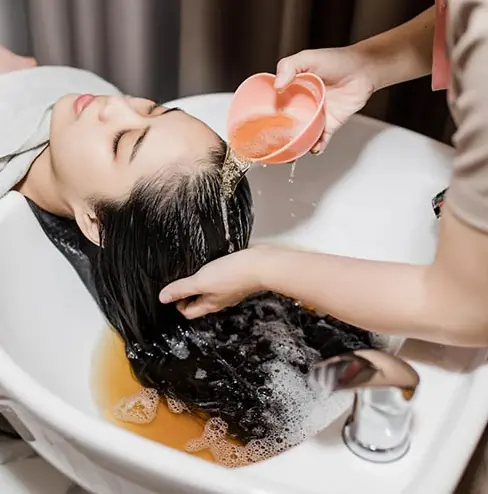
Don’t Rush to Choose the Biggest Crab
Don’t Rush to Choose the Biggest Crab — Shop Owners Reveal: The Secret Lies in a Small Detail on Its Shell
A large crab doesn’t always mean it’s full of meat and roe.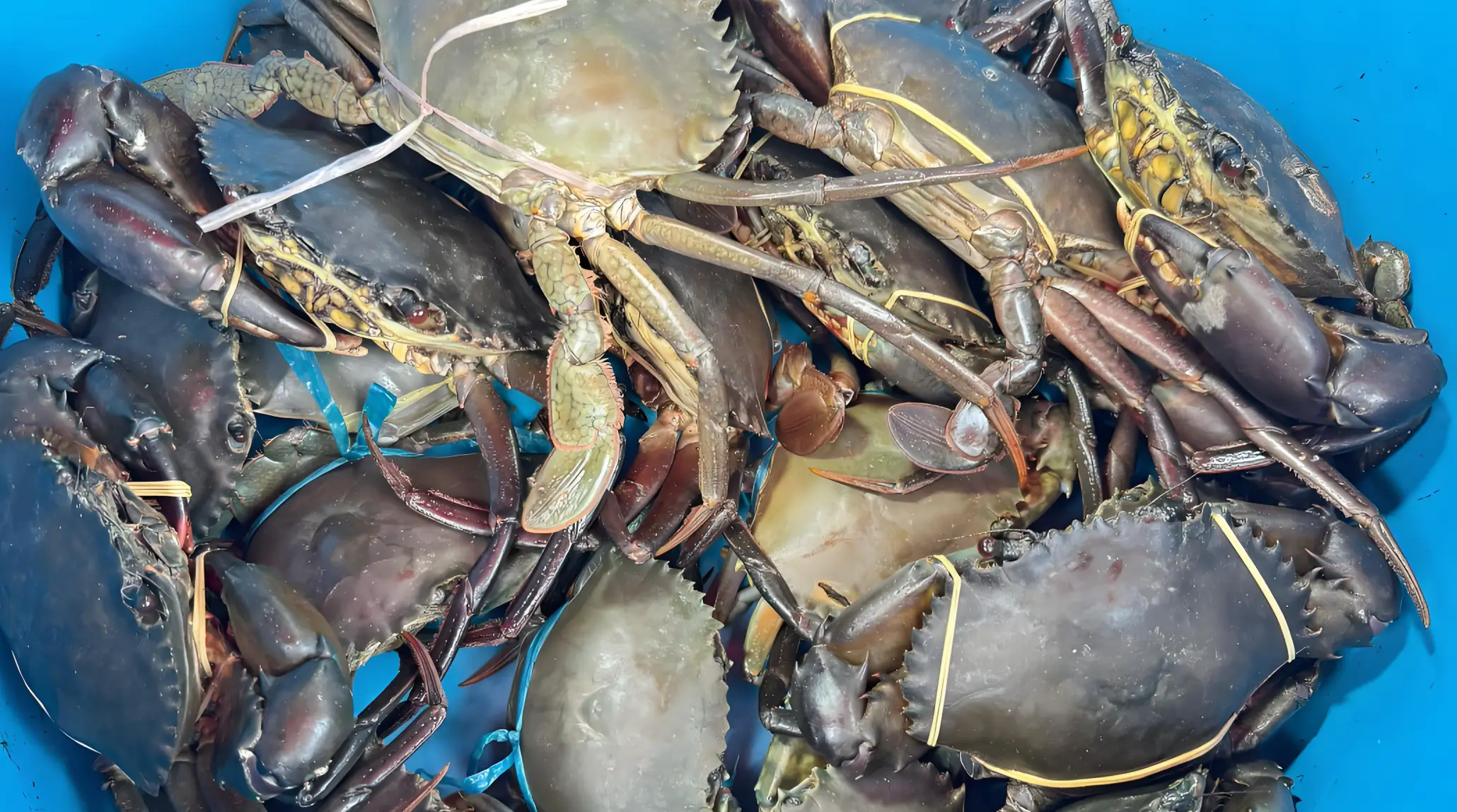
Crab has long been a familiar and nutritious dish on Vietnamese dining tables, alongside meat, shrimp, fish, and vegetables. Not only is it rich in protein, calcium, and minerals, but crab is also considered a “golden food” that nourishes the body — especially in autumn, the season when crabs are at their fattest and tastiest.
However, even though it’s a popular food, not everyone knows how to choose good, meaty crabs. Many believe that the bigger the crab, the better — but that’s not always true. Some crabs may look large and heavy, but when cracked open, they’re hollow, watery, and contain little roe or meat.
According to experienced seafood sellers and crab connoisseurs, the secret to selecting the best crab lies in small details on its body. By noticing a few specific signs, you can easily pick out firm, meaty crabs with full roe — perfect for steaming, stir-frying, or simmering into rich, flavorful dishes.
1. Look at the Shell and Apron: Tell if the Crab is Fat or Lean at a Glance
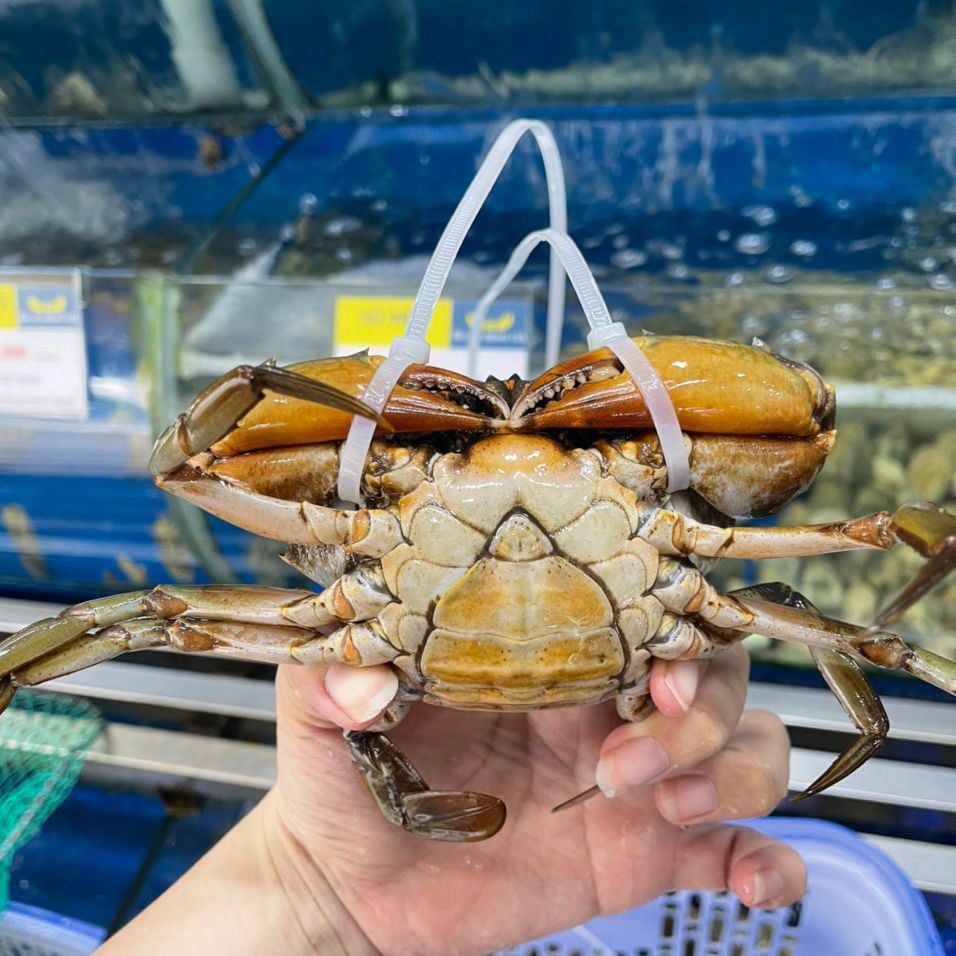
A good, meaty crab has a hard, glossy shell with a deep blue-green hue. When touched, the shell should feel dry and firm — signs that the crab is healthy and raised in clean, nutrient-rich water. If the shell looks dull or gray, feels soft, or lacks shine, it’s likely a thin or immature crab with little meat and weak flavor.
A small but important detail: near the apron (the flap on the crab’s underside), if you see a yellowish or pale white tint along the edges of the carapace, it indicates that the roe has filled up — often called “full cap crabs” in local terms — known for their rich, buttery taste.
For female crabs (with a round apron), gently press the apron — if it feels firm and doesn’t dent, that means it’s full of rich roe. For male crabs (with a pointed apron), a thick and tightly fitted apron also means they’re packed with “red roe” and have sweet, fragrant meat. If the apron feels soft or thin, the crab is empty and less flavorful.
2. Squeeze the Legs and Claws to Check Meat Firmness
Don’t hesitate to handle the crab. Gently squeeze the base of the legs near the body or the middle of the claws. If they feel firm and springy, the crab is full of meat — when cooked, you’ll get solid, sweet, chewy pieces.
If the legs feel soft or hollow, that means the crab is mostly water with little meat, leading to a bland taste. Fresh, strong crabs usually move actively, waving their claws and legs — a clear sign of vitality and good-quality flesh.
3. Check the Eyes to See if the Crab is Fresh
No matter how fat a crab is, if it’s not fresh, its meat will be mushy and have a fishy smell. A simple freshness test: gently touch the crab’s eyes — if they retract and pop back quickly, it’s a live, healthy crab.
You can also flip the crab upside down — if it flips itself back right away, it’s strong and fresh. Weak crabs won’t move much or can’t flip over without help — avoid these, as they’re close to dying and their meat will be soft and tasteless.
4. Observe the Mouth and Gills: Spotting Clean vs. Dirty Crabs
Healthy crabs continuously blow small bubbles at the mouth. The finer and steadier the bubbles, the fresher the crab. If the mouth looks dry, slimy, or sticky, the crab is weak and may have an unpleasant odor.
If possible, check the gills. Fresh crabs have clean, white gills with no dark or cloudy patches. Gray or smelly gills indicate that the crab lived in polluted water — avoid these, as their meat will be fishy and less flavorful.
There’s an old Vietnamese saying: “In the ninth lunar month, eat female crabs; in the tenth, eat male crabs.”
This traditional wisdom holds true. The ninth lunar month (around October) is when female crabs are at their fattest, with golden-orange roe that’s rich and creamy. In the tenth lunar month (around November), male crabs develop thick, milky-white roe that’s even sweeter and more flavorful.
By choosing crabs during these peak months — and using these expert selection tips — you’ll be sure to bring home the best, meatiest crabs of the season, ready to turn into delicious family meals.
News in the same category

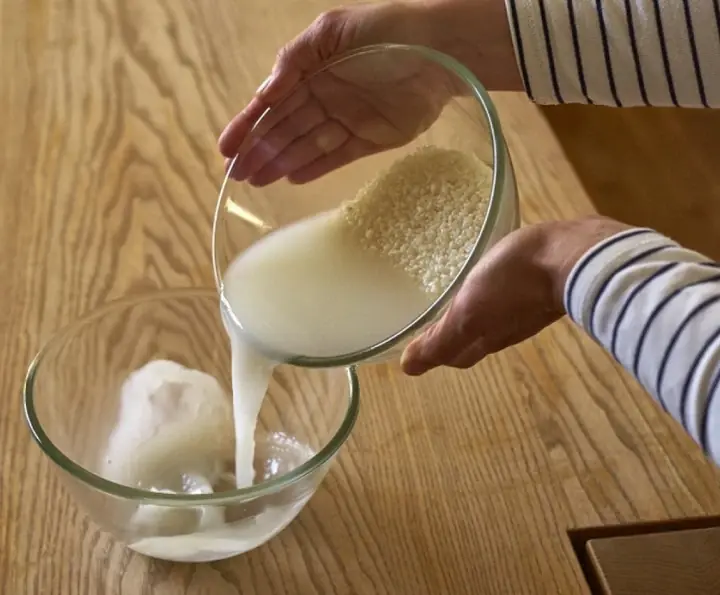
Great effects of rice water you should not miss

How to Deep-Clean Bed Pillows and Restore Them to Cloud-Like Freshness—Naturally

Traditional medicine doctors recommend some measures to prevent stroke in cold weather

Coffee is very good for your health but avoid drinking it at these two times.
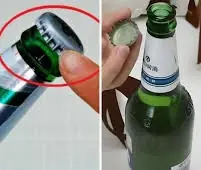
After drinking beer for 30 years, I’ve just discovered a “little secret” on the bottle cap

Bit:ten by a Snake? Do These Things First to Stay Safe
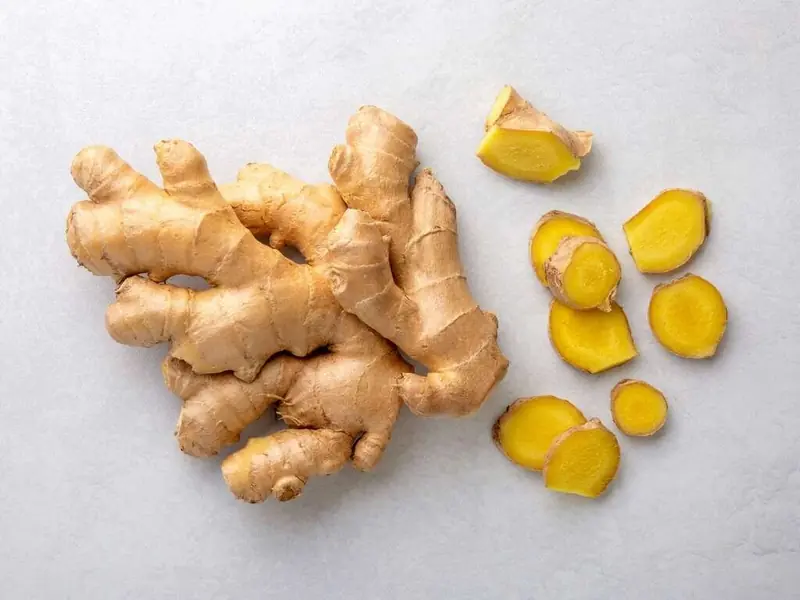
Avoid ginger if you have these 5 health problems..

6 Plants That Attract Snakes Into Your Home
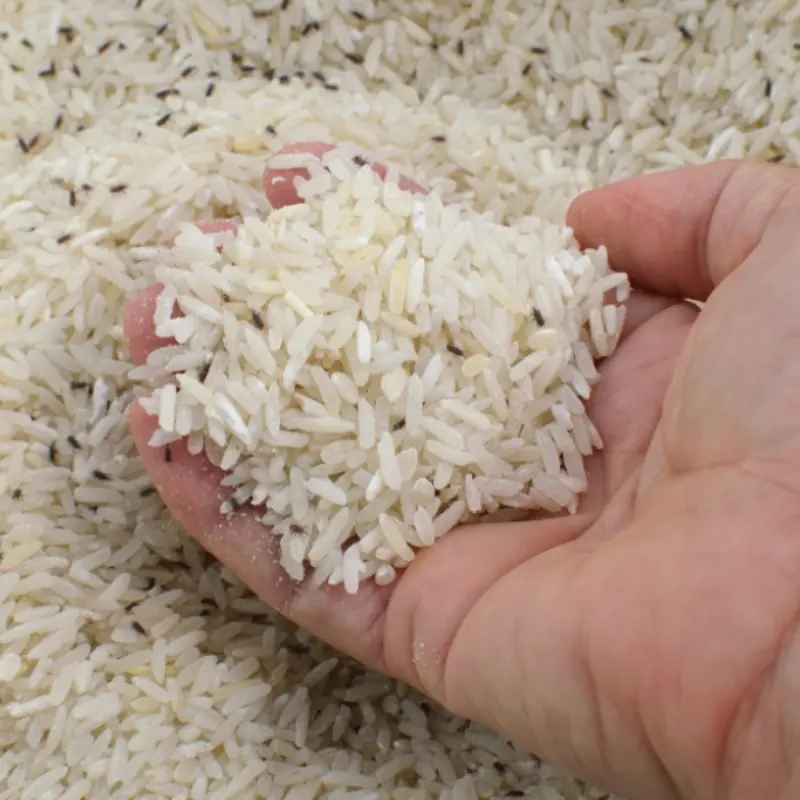
How to Store Rice to Prevent Weevils and Mold: Simple Tips to Keep It Fresh

Go to the car and turn on the air conditioner to sleep when the house has a power outage: A survival note

Little-known tips for using towels to ensure safety when staying at hotels
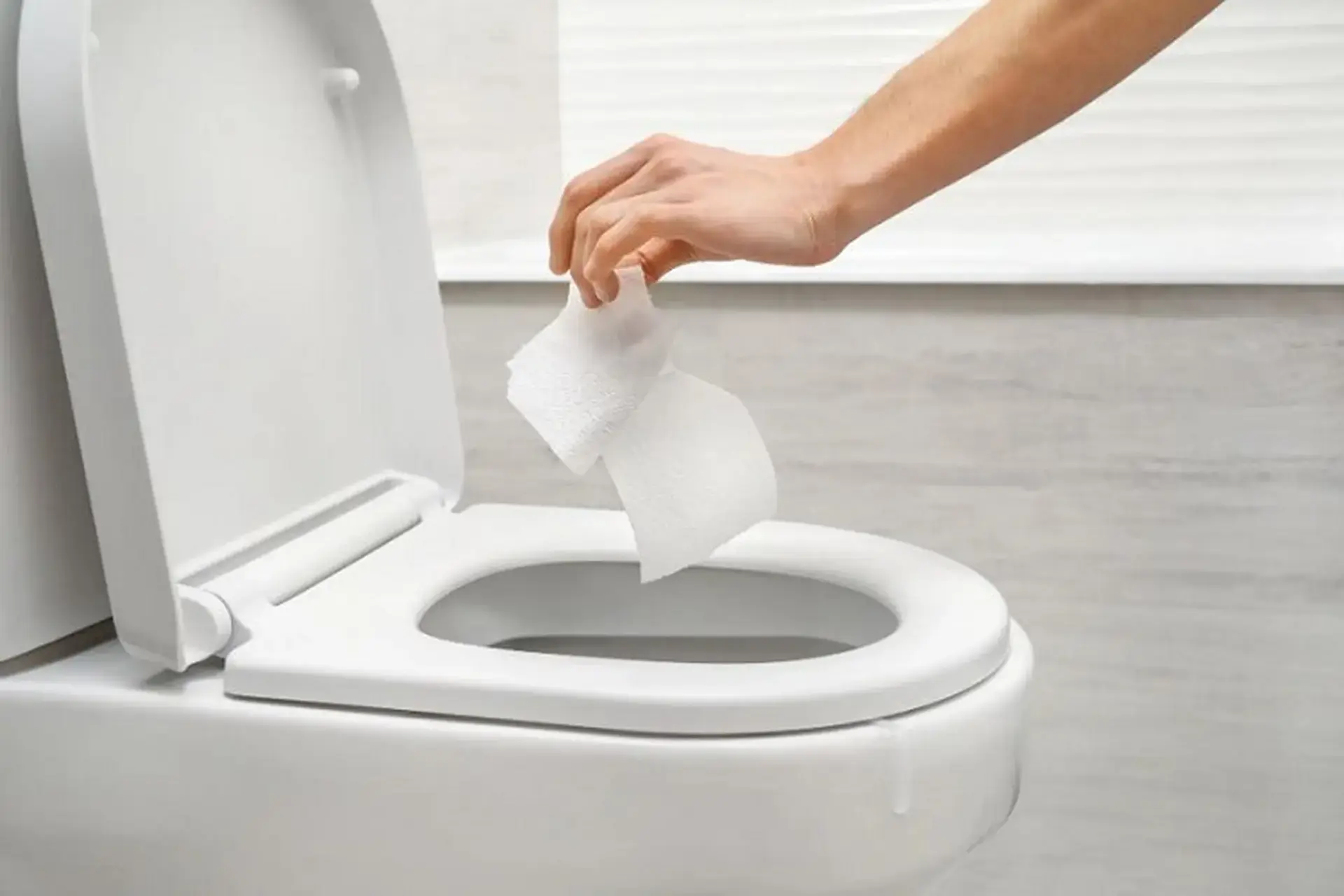
Why Dropping a Piece of Toilet Paper into the Toilet Before Using It Can Improve Hygiene and Comfort
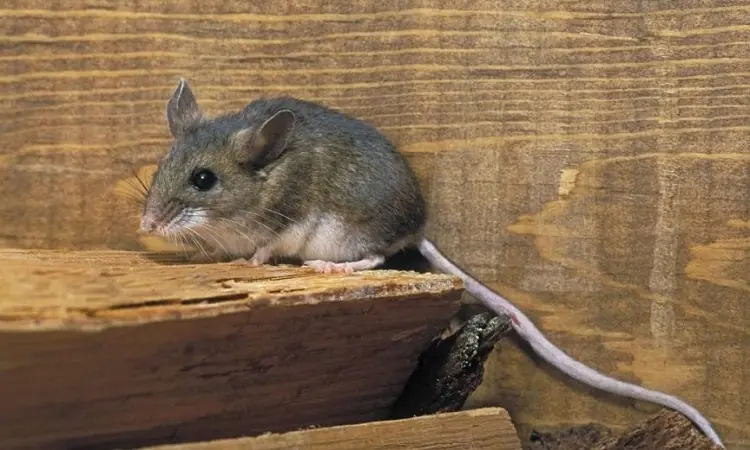
3 Simple and Effective Ways to Keep Your Home Completely Mouse-Free

The reason why many people pour salt into clogged toilets
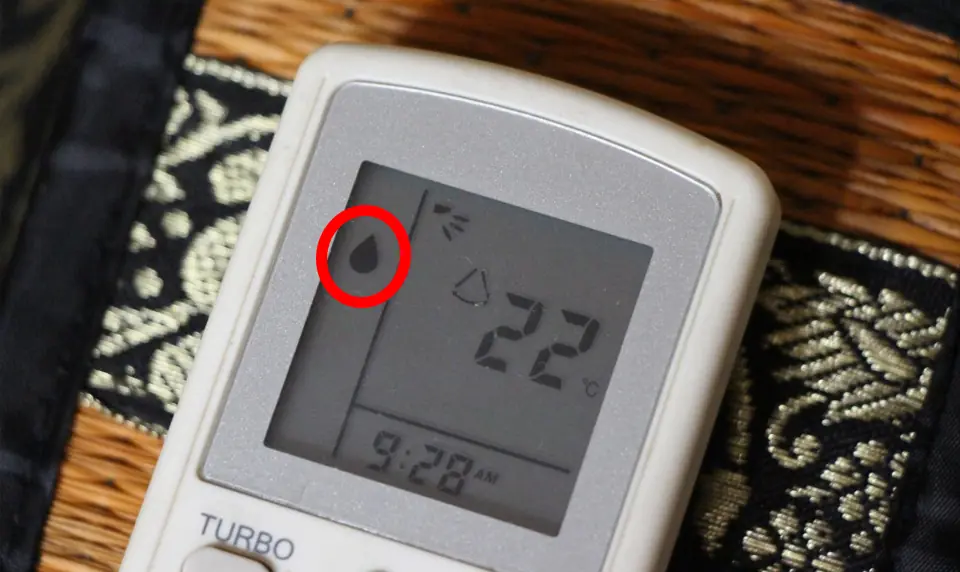
How to Enjoy Your Air Conditioner Without Stressing About Power Bills
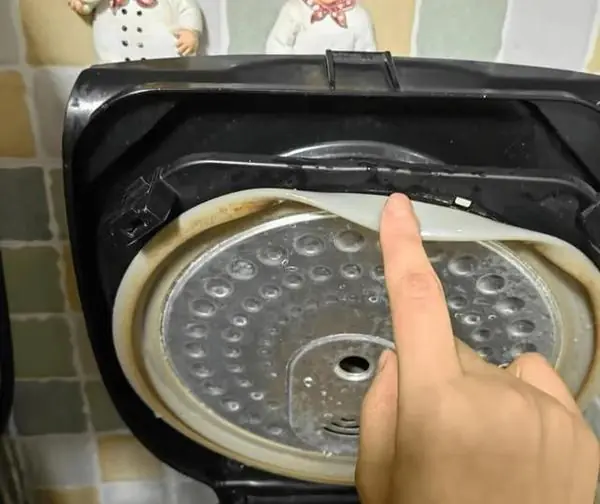
Four parts of a rice cooker you must clean — or you might end up eating rice with cockroaches!
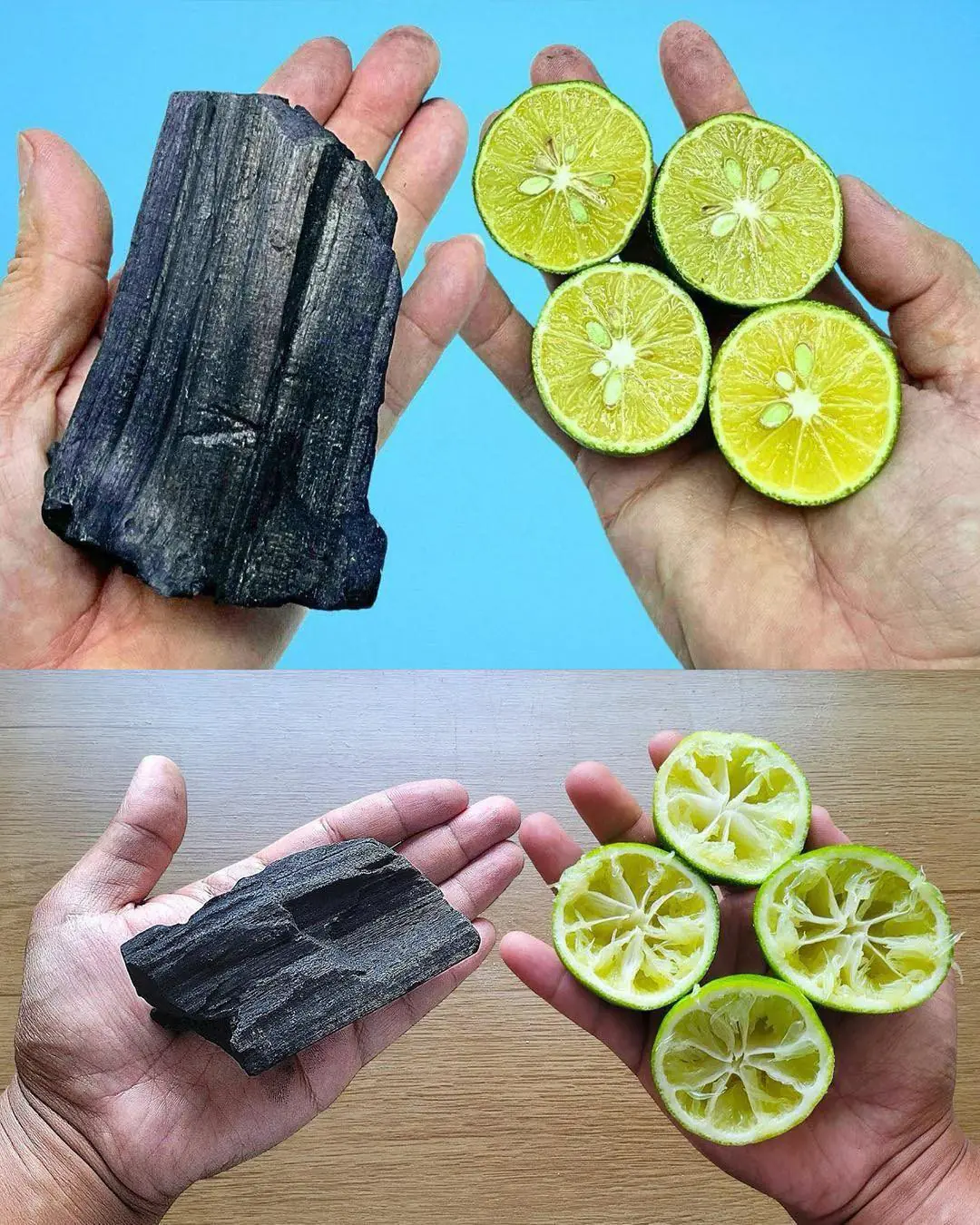
The Magic of Lemon Juice and Activated Charcoal: Natural DIY Solutions for Skin and Teeth
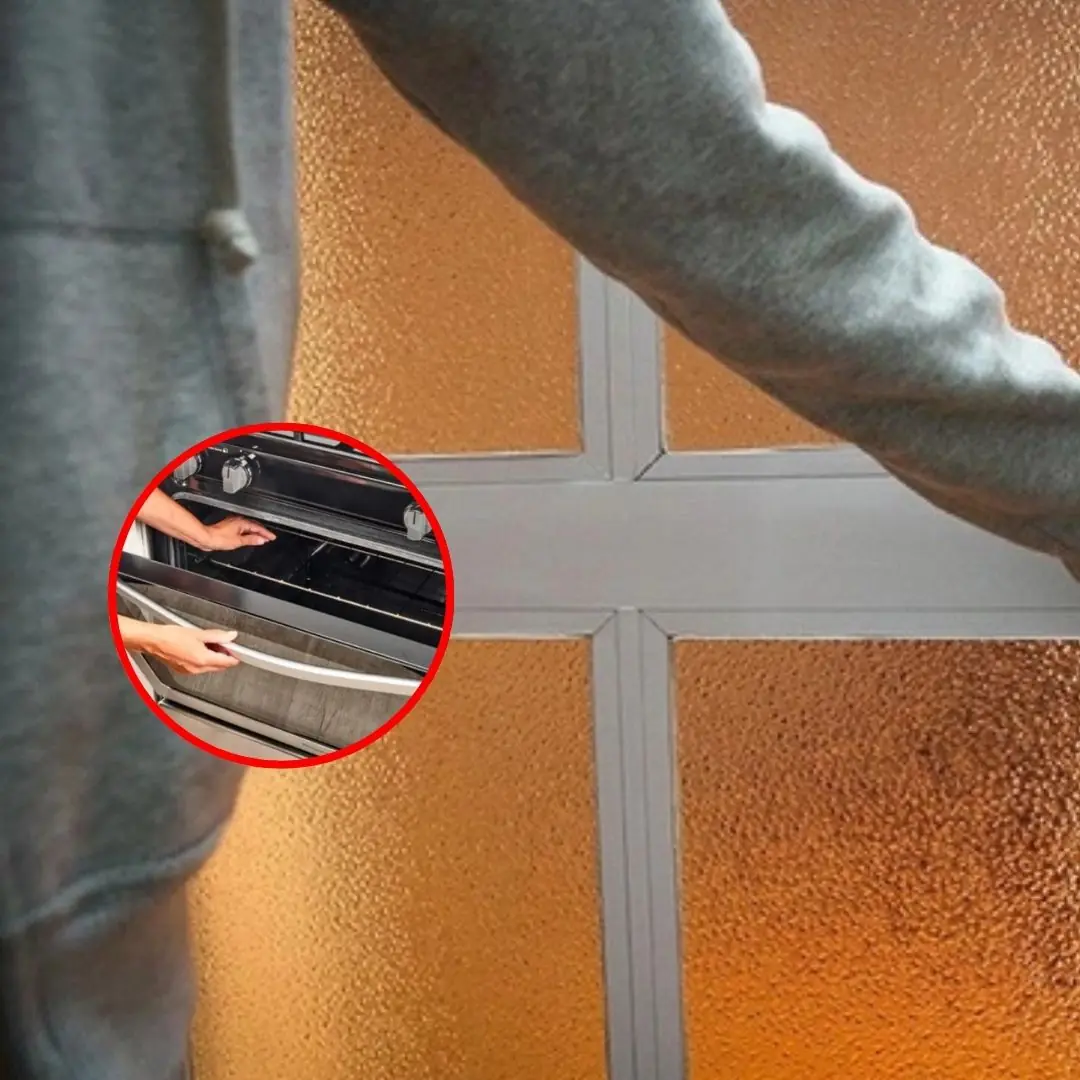
Winter is coming, no need to buy a heater, the house is still warm thanks to this, homeowners save 50% on electricity bills every month
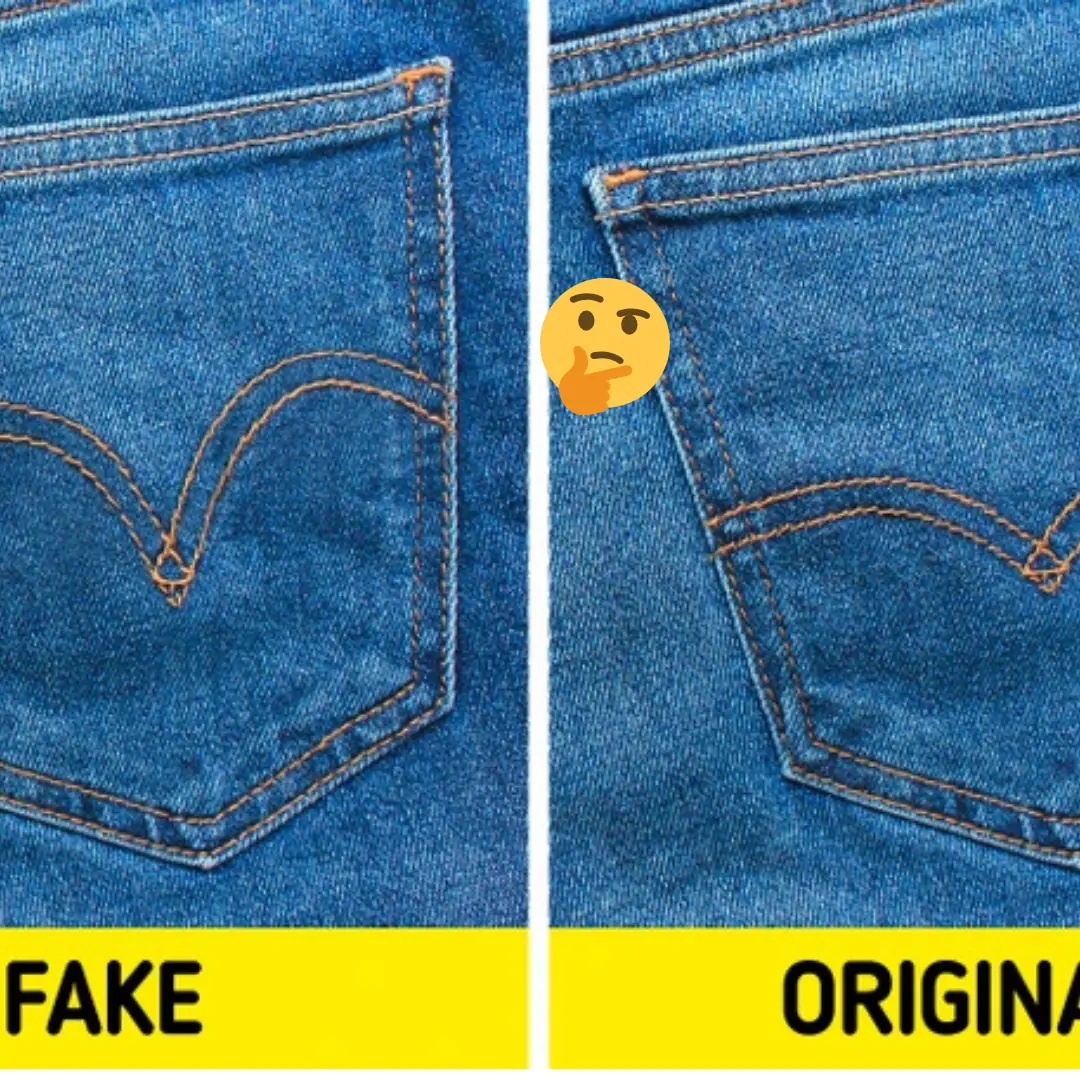
10 Simple Tips to Make Sure You Never Get Fooled by Fake Goods Again
News Post
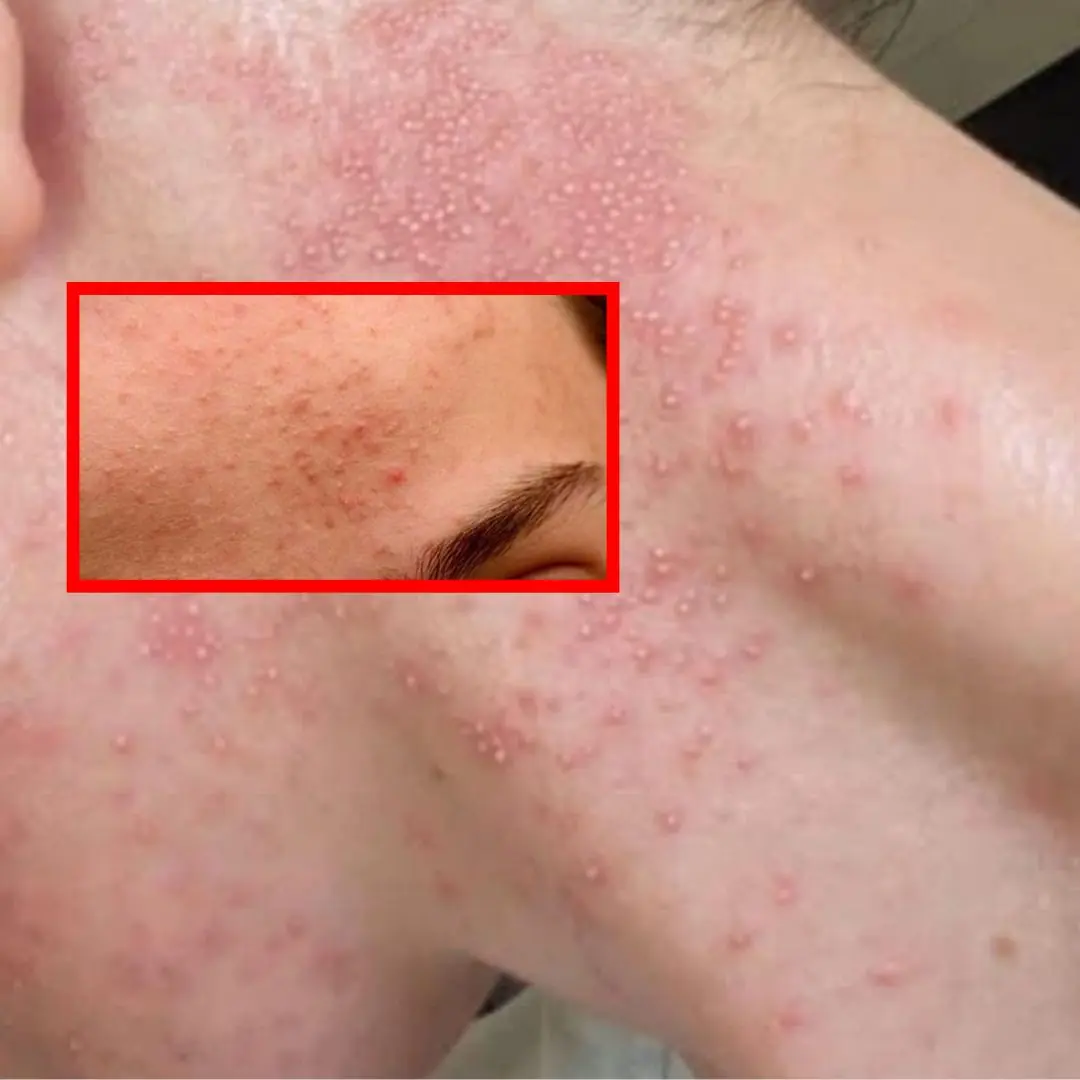
These are the consequences of eating....
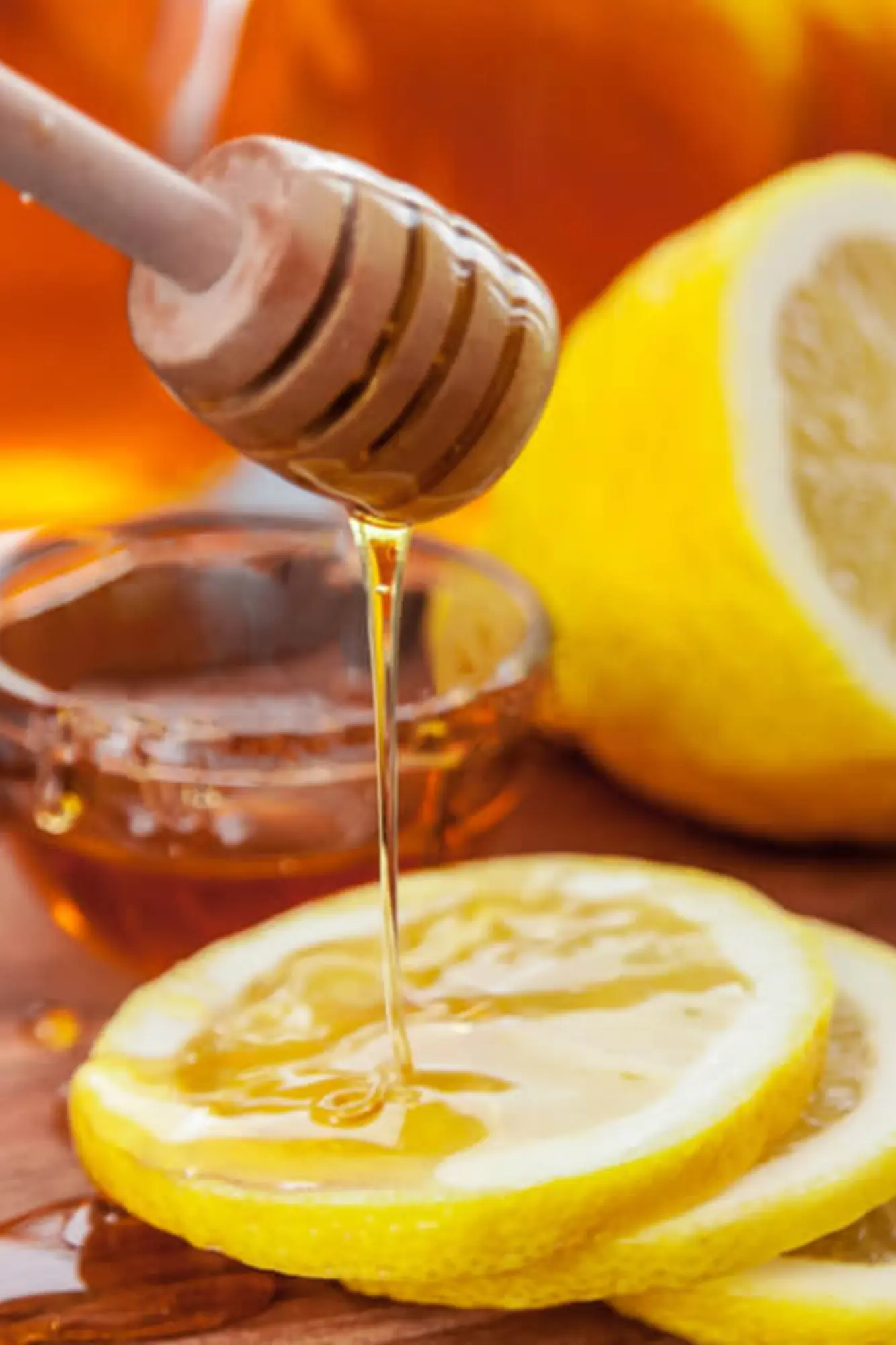
5 amazing benefits of drinking warm water with honey
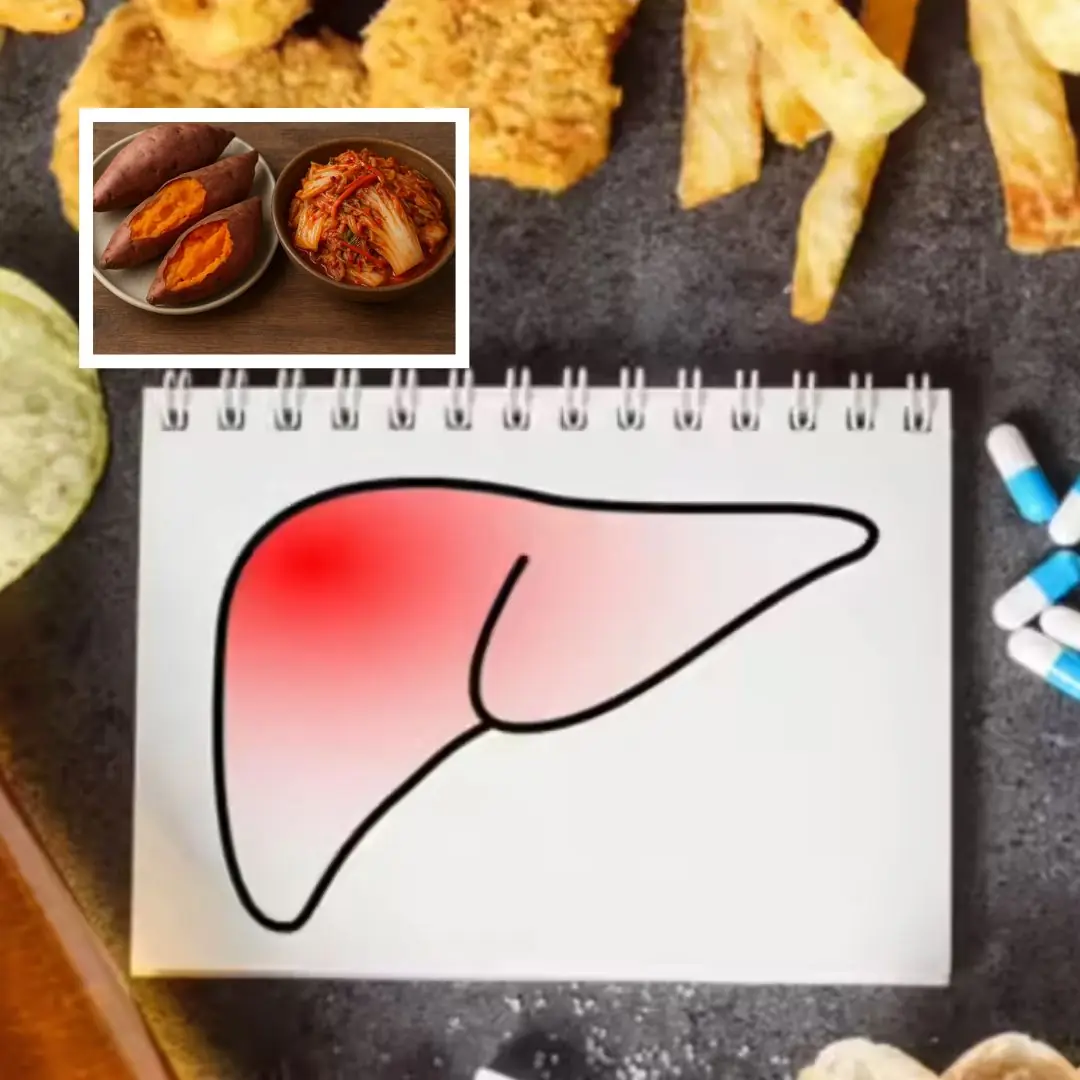
Scientifically Supported Food Combinations That May Benefit Liver Health
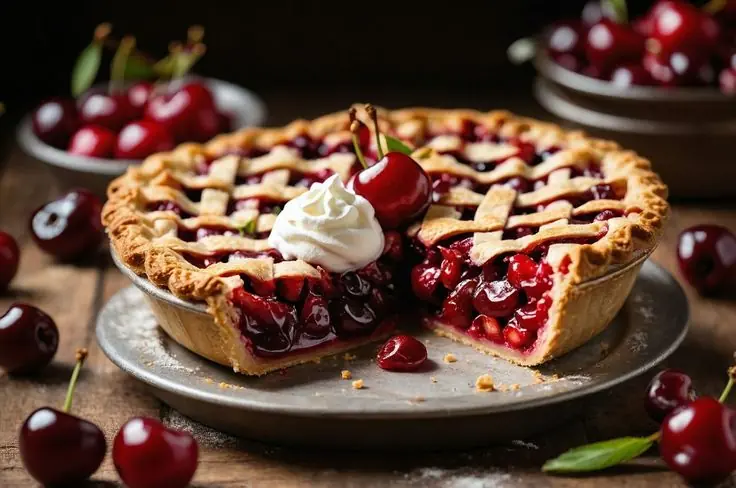
Classic Cherry Pie
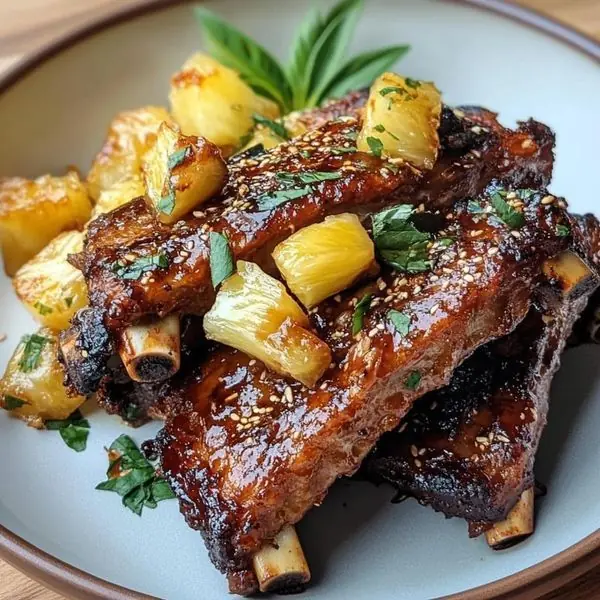
Hawaiian Pineapple Glazed Ribs
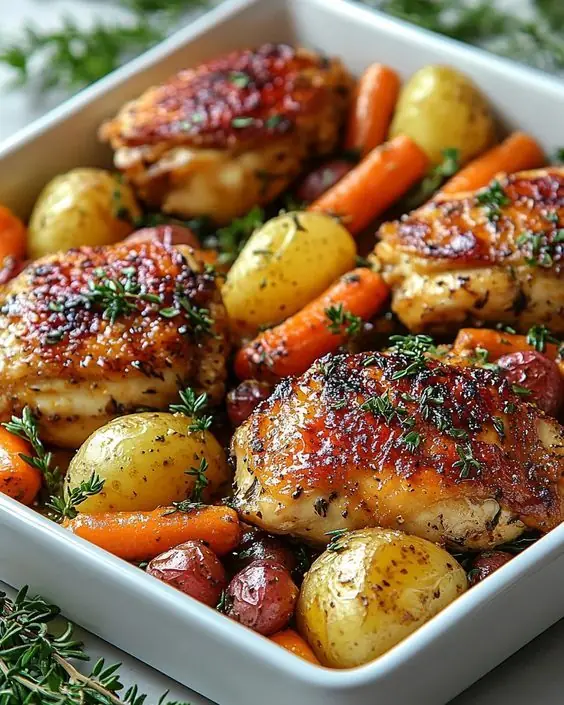
Honey Garlic Roasted Chicken Thighs with Potatoes & Carrots
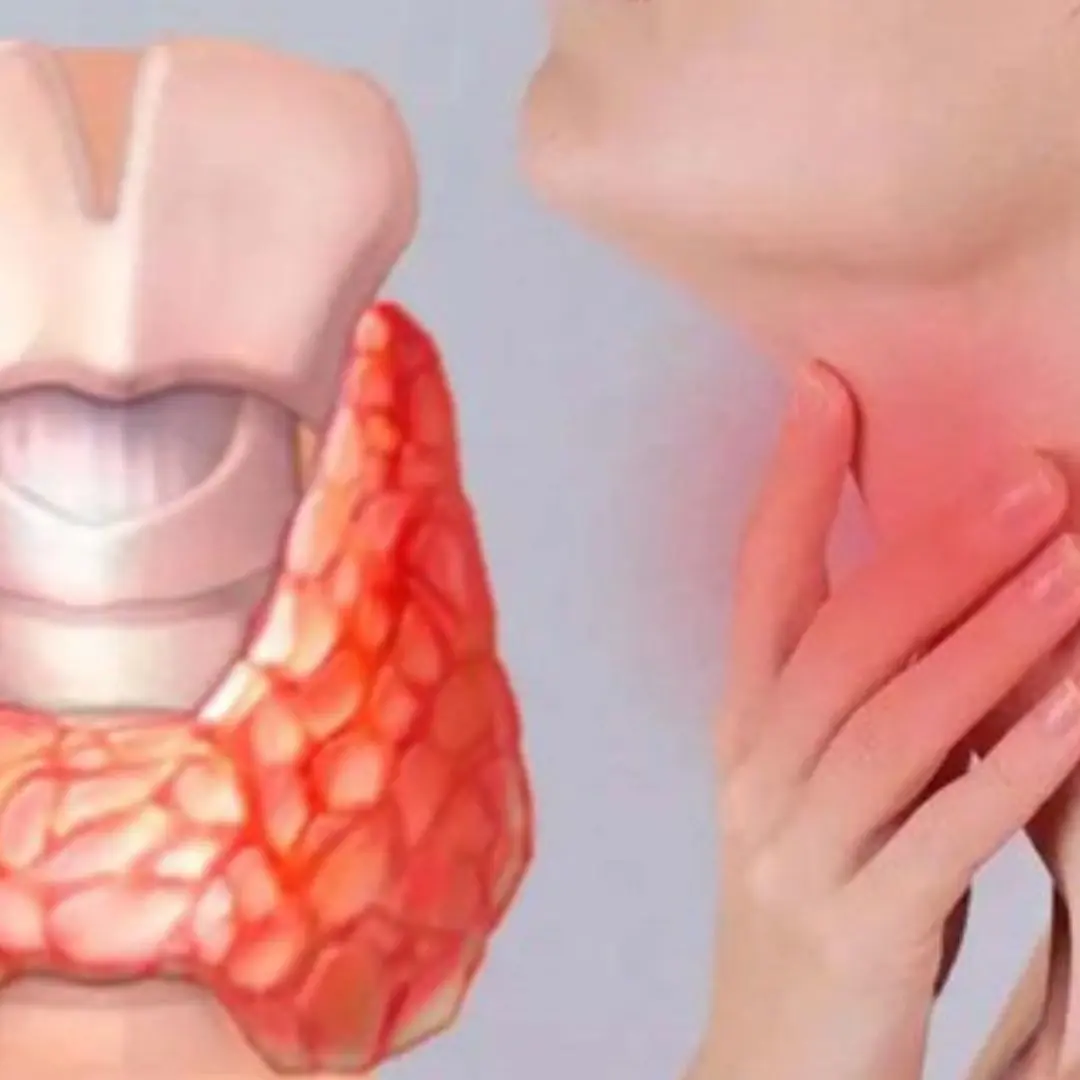
6 Types of Foods That Negatively Affect Your Thyroid — What to Limit or Avoid

The most powerful herb that removes parasites, urinary tract infections and herpes

Tips to Help Hair Grow Faster and Thicker: A Complete Guide for Strong, Healthy Hair
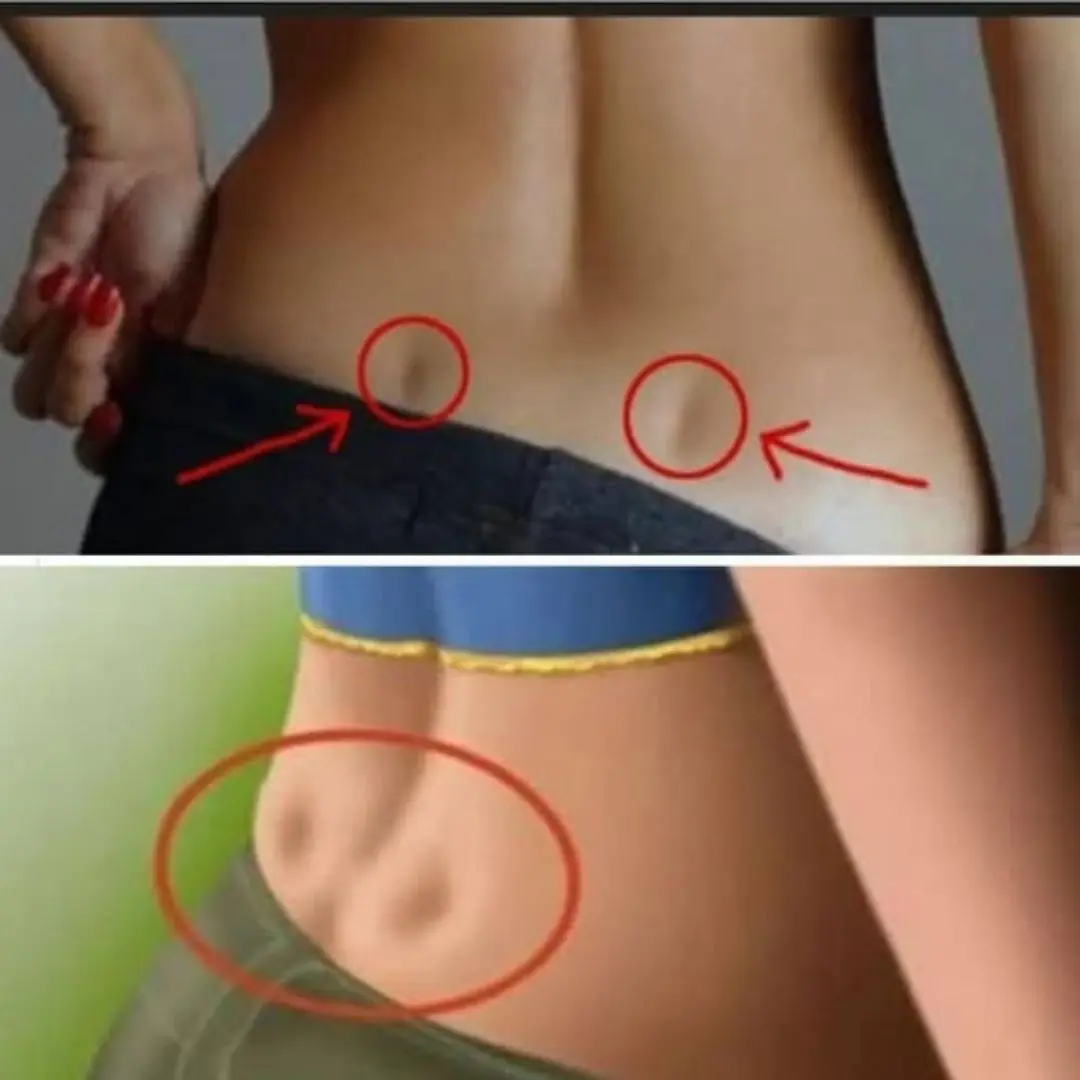
If You Notice These Two Little Holes on Your Back, It Means You’re Not… Tap to Discover

Great effects of rice water you should not miss

Warning: Pain in These Three Areas May Be an Early Sign of Lung Can.cer
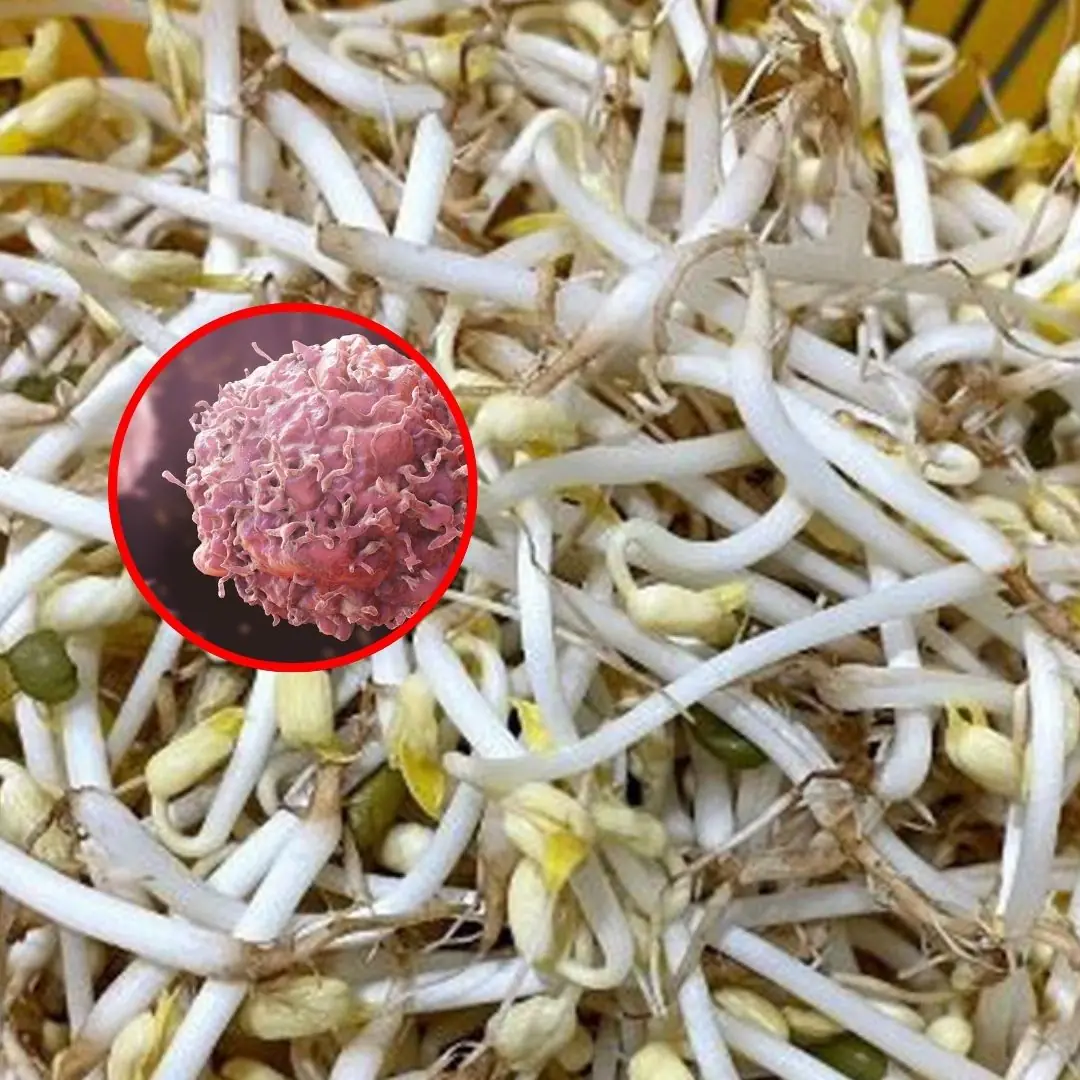
Vegetables listed as ca:ncer - causing that many people still eat, should be stopped immediately
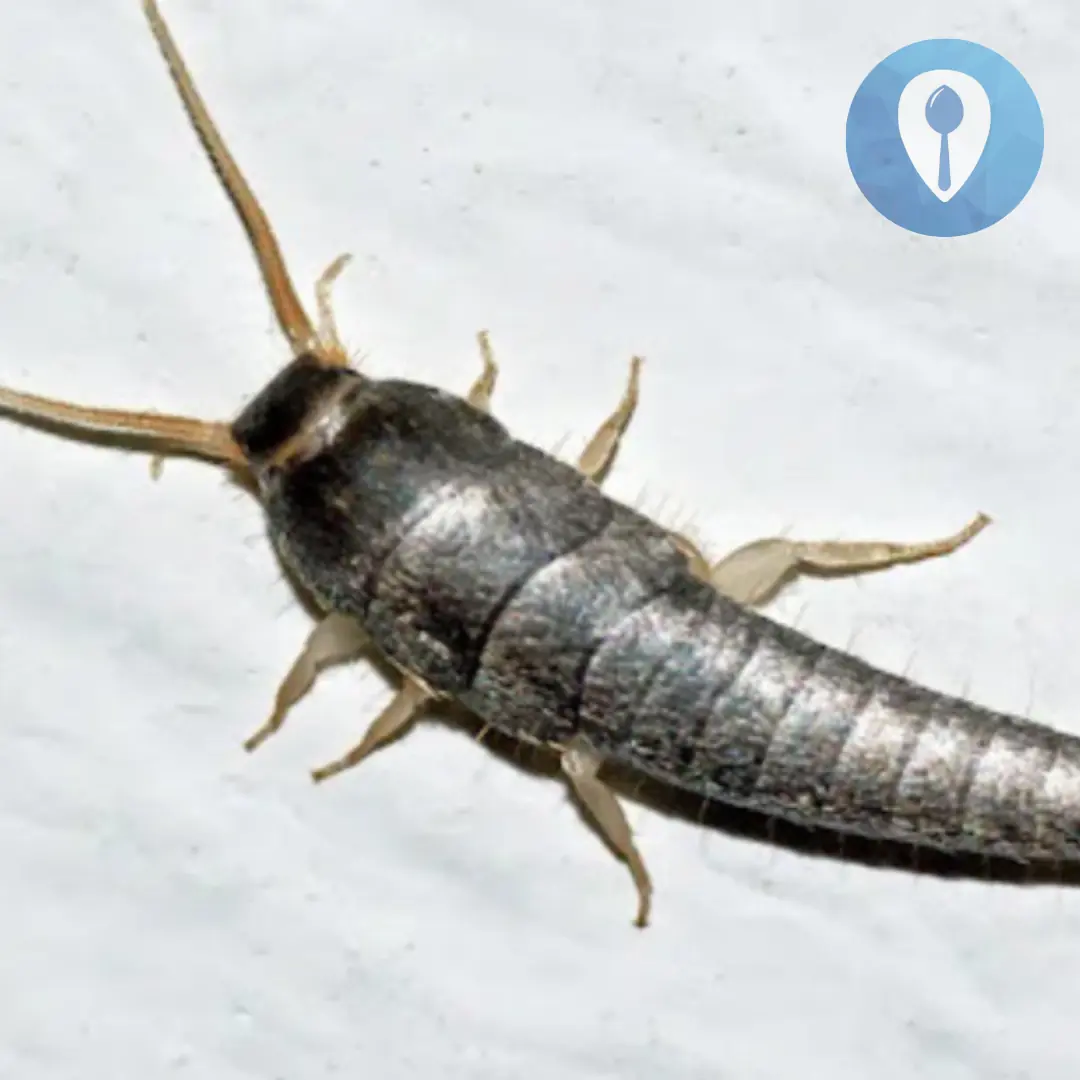
If You Find This Insect in Your Home, Here’s What It Means

Tomato Basil Bruschetta

Mediterranean Tortellini Pasta Salad

Swollen Feet? Don’t Ignore This Clear Red Flag — Here’s What It Really Means
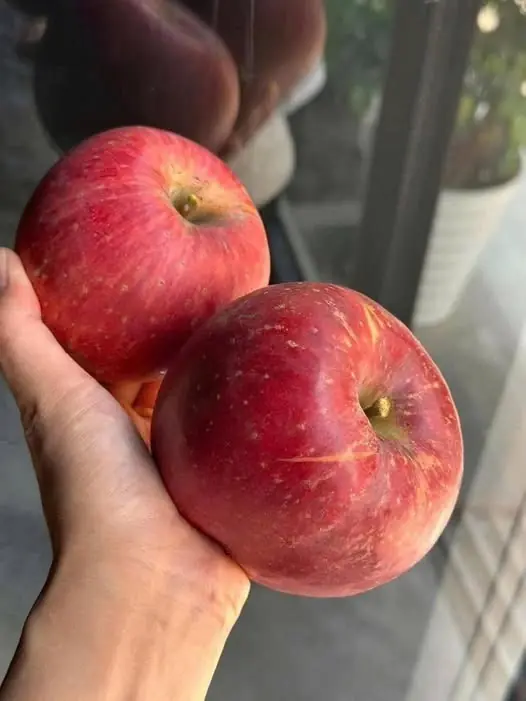
Doctors Reveals That Eating Apples Causes

How to Deep-Clean Bed Pillows and Restore Them to Cloud-Like Freshness—Naturally
